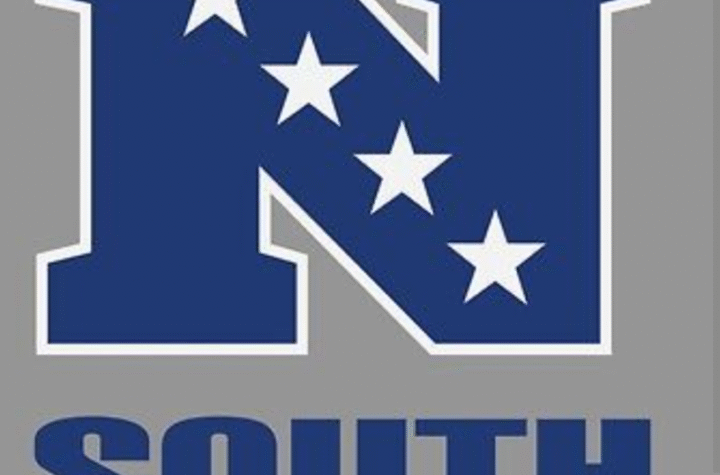
Every year, the day after Thanksgiving sparks a shopping frenzy known as Black Friday. Shoppers hunt for deep discounts, retailers extend store hours, and online platforms flood with deals. But how did this all begin? And why is it called Black Friday? While the term is now synonymous with the kickoff of the holiday shopping season, its roots are a bit more complex. Let’s explore the origins of Black Friday and how it evolved into the retail giant it is today.
The Origins of “Black Friday”
The term Black Friday wasn’t always about shopping or sales. In fact, its first major use had nothing to do with retail. Back in the 1950s, Philadelphia police officers coined the term to describe the chaotic scenes in the city the day after Thanksgiving. The annual Army-Navy football game drew massive crowds into the city, resulting in heavy traffic jams and overcrowded streets. The police, overwhelmed by the surge of tourists and shoppers, referred to the day as “Black Friday” due to the sheer mayhem they had to manage.
Transition to Retail: “In the Black”
While the Philadelphia traffic crisis gave the term its start, retailers in the 1960s began to use Black Friday in a more financial sense. The idea of being “in the black” in accounting means making a profit, while “in the red” means a loss. The day after Thanksgiving marked the point when many retailers finally turned a profit for the year. With holiday shopping in full swing, retailers could move from the red (losing money) to the black (making money).
The Shopping Frenzy Begins
As retailers recognized the potential to capitalize on post-Thanksgiving shoppers, Black Friday evolved into a consumer event. Stores began offering exclusive one-day deals, attracting customers looking for bargains. The 1980s and 1990s saw the rise of early morning openings, and by the 2000s, stores started opening their doors as early as midnight to accommodate eager customers.
From Physical Crowds to Online Sales
While Black Friday started as an in-store event, the rise of e-commerce has expanded its reach significantly. Today, online shopping platforms like Amazon and major retailers offer Black Friday deals, sometimes starting days or weeks before the actual day. This shift has made it easier for consumers to access discounts without enduring the long lines and packed stores.
The emergence of Cyber Monday, the Monday after Black Friday, further cemented the importance of digital sales during the holiday shopping season. Retailers have embraced the combination of in-store and online deals, making Black Friday not just a day, but part of an entire holiday shopping week.
The Global Phenomenon
Though Black Friday started in the United States, it has spread across the globe. Countries like the United Kingdom, Canada, and Mexico have adopted their own versions of Black Friday, seeing the day as an opportunity to boost retail sales. Some countries hold similar shopping events, while others have created their own traditions to kick off the holiday shopping season.
Conclusion
Black Friday has transformed from a chaotic day of post-Thanksgiving traffic in Philadelphia into the year’s biggest shopping event. Today, Black Friday is the busiest shopping day of the year, encompassing both in-store and online sales worldwide.





More Stories
New York African Film Festival Showcases Powerful Voices at Film at Lincoln Center
Tiffany & Co. x CFDA Jewelry Designer Award: A Career-Changing Opportunity for Emerging Talent
Live from the Steps! The 2025 Met Gala Explores “Superfine: Tailoring Black Style” in a Galaxy of Stars and Style